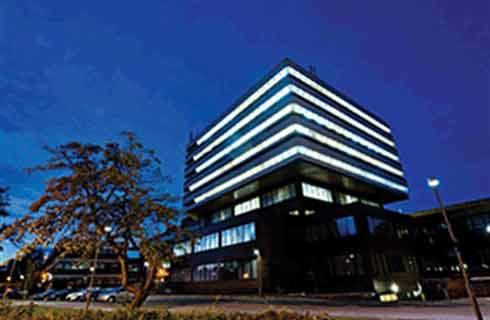
学历文凭
Bachelor Degree

专业院系
安全与防护服务

开学时间

课程时长

课程学费

国际学生入学条件
High school students and students with fewer than 12 semester hours or 18 quarter hours of university-level credit beyond secondary school should apply as freshman applicants.
Test of English as a Foreign Language (TOEFL)
University of Maryland passing score: 95
Maryland English Institute score: 94 or lower
International English Language Testing System (IELTS)
University of Maryland passing score: 7
Maryland English Institute score: 6.5 or lower
IDP—雅思考试联合主办方

雅思考试总分
7.0
了解更多
- 雅思总分:7
- 托福网考总分:95
- 托福笔试总分:160
- 其他语言考试:Duolingo English Test (DET) - 120
课程简介
相关申请

预科

奖学金

实习机会

在校学习

跨境学习

校园授课-线上开始

在线/远程学习
学校排名
世界排名
91
数据源:泰晤士高等教育世界大学排名
关于马里兰大学帕克分校

马里兰大学帕克分校,是um系统的旗舰创始学校,成立于1862年。um—college park 也是全美大学联盟的61个盟校之一;与美国的其它名校,如uc-berkley、ucla、michigan—ann arbor或伊利诺大学—香槟分校都有合作教学的计划。地理位置优越,环境优良,在学术声望上也有全美前50的排名。由于马里兰大学帕克分校是一所州立大学,而且又有充足的研究经费与良好的学校声誉,它与民间的公私立机构建立了不错的互信关系。um总是不吝于提供马里兰州政府、地方性实验室、或各级学校机构它们的最新学术成果;而这些地方机构也都乐于提供um的学生可供研究的数据或任何工读机会。马里兰大学帕克分校也对不少非营利性机构提供协助,经过这几年的推行,已经有了不少丰硕的成果。马里兰大学学院市分校有八个图书馆,分别为McKeldin图书馆、McKeldin图书馆、艺术图书馆、建筑图书馆、工程与物理图书馆、Hornbake图书馆、表演艺术图书馆、Shady Grove图书馆与媒体中心、化学图书馆。 学校位于位于一个名为College Park的大学城之中,与美国首府华盛顿、文化中心巴尔地摩及州首府安纳玻里斯为邻,大学与他们之间的距离均在半个小时左右,整个城镇不但闹中取静,保存着浓厚的学术气氛之外;生活品质也有别于华盛顿特区的龙蛇杂处,享有非常好的治安。马里兰大学是世界最负盛名的综合性大学之一,也是美国最著名的公立研究型大学之一和美国大学联合会(Association of American University) 60名会员之一。作为马里兰州高等教育的典范和办学规模最大的学校,马里兰大学坚持以科研为特色,每个校区下设多个学院,授予本科、硕士、博士学位和各种技术职称。马里兰大学-帕克分校(Pepperdine University)在美国大学排名2012为第53名。
本校相关课程






其他相关课程

菲尔莱狄更斯大学


圣安东尼奥学院

圣安东尼奥山学院


纽黑文大学


南佛罗里达大学 - INTO USA


弗莱明学院




